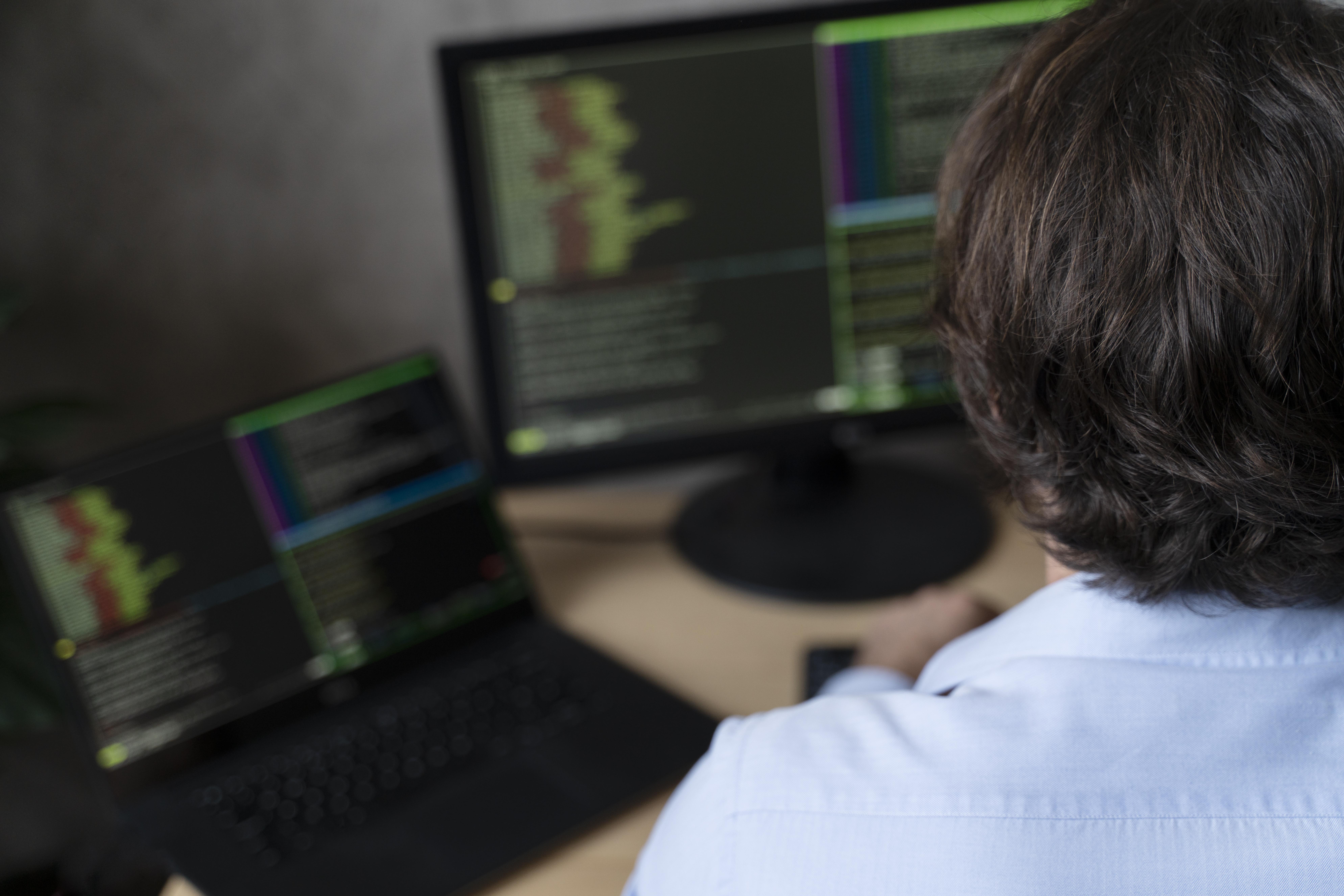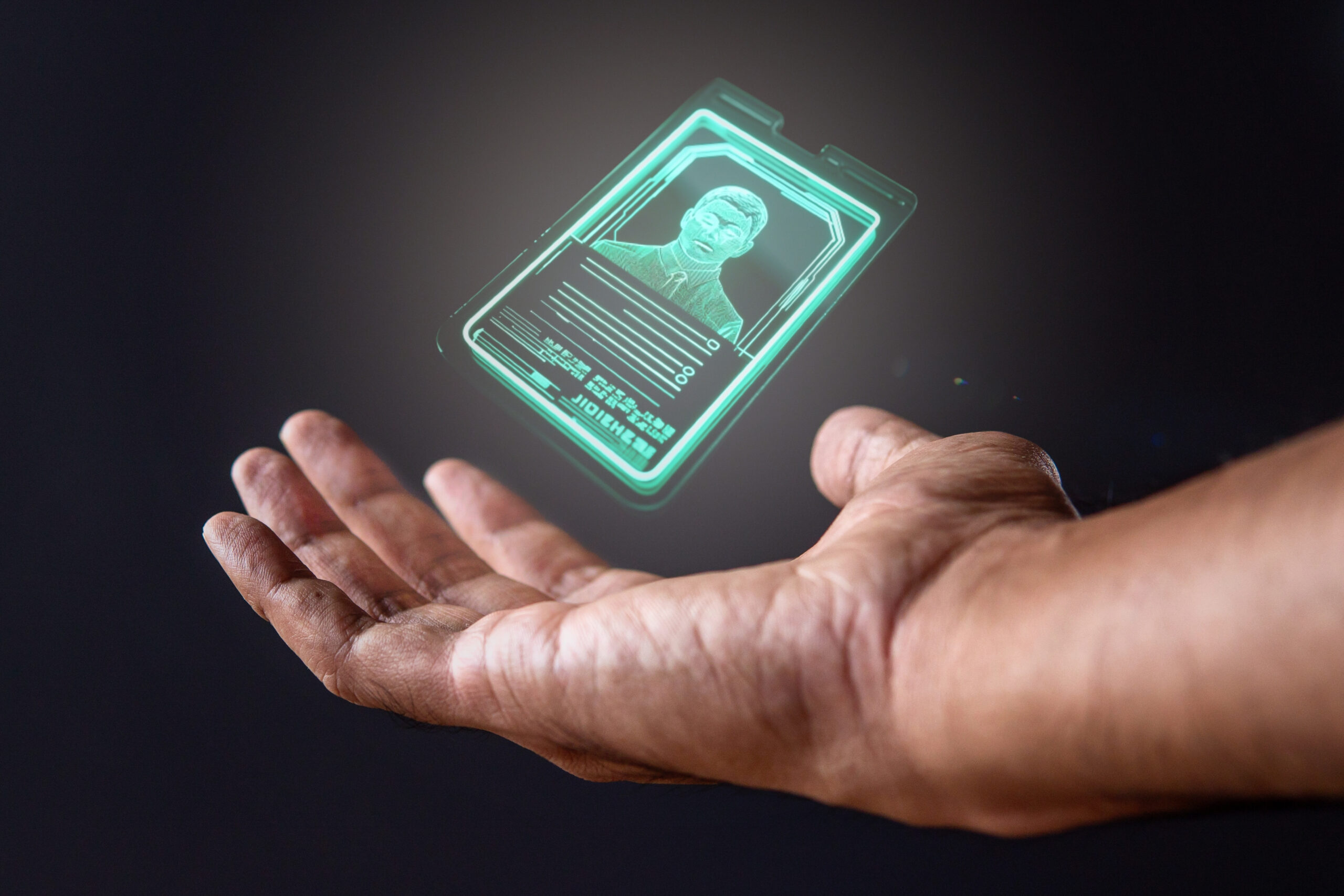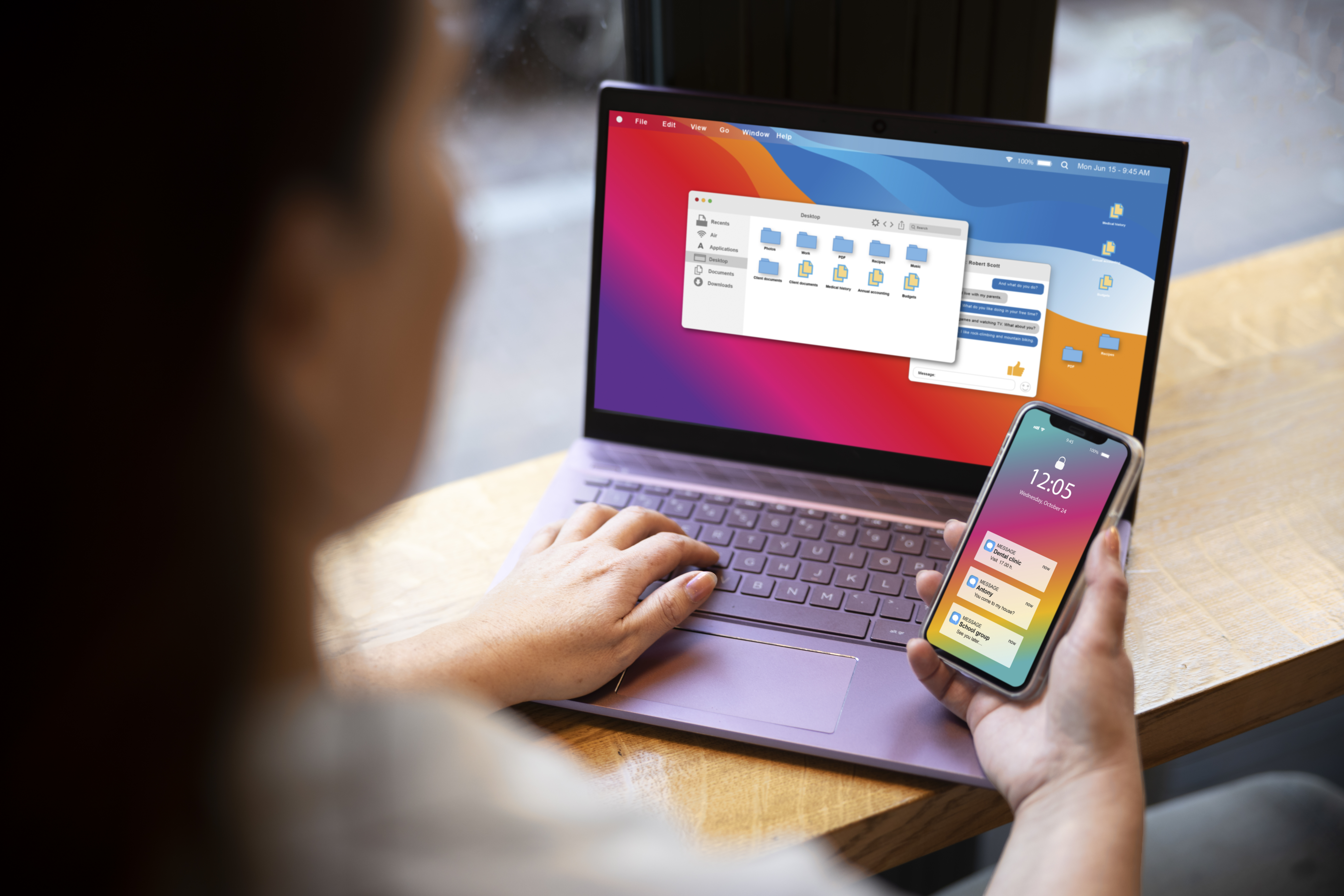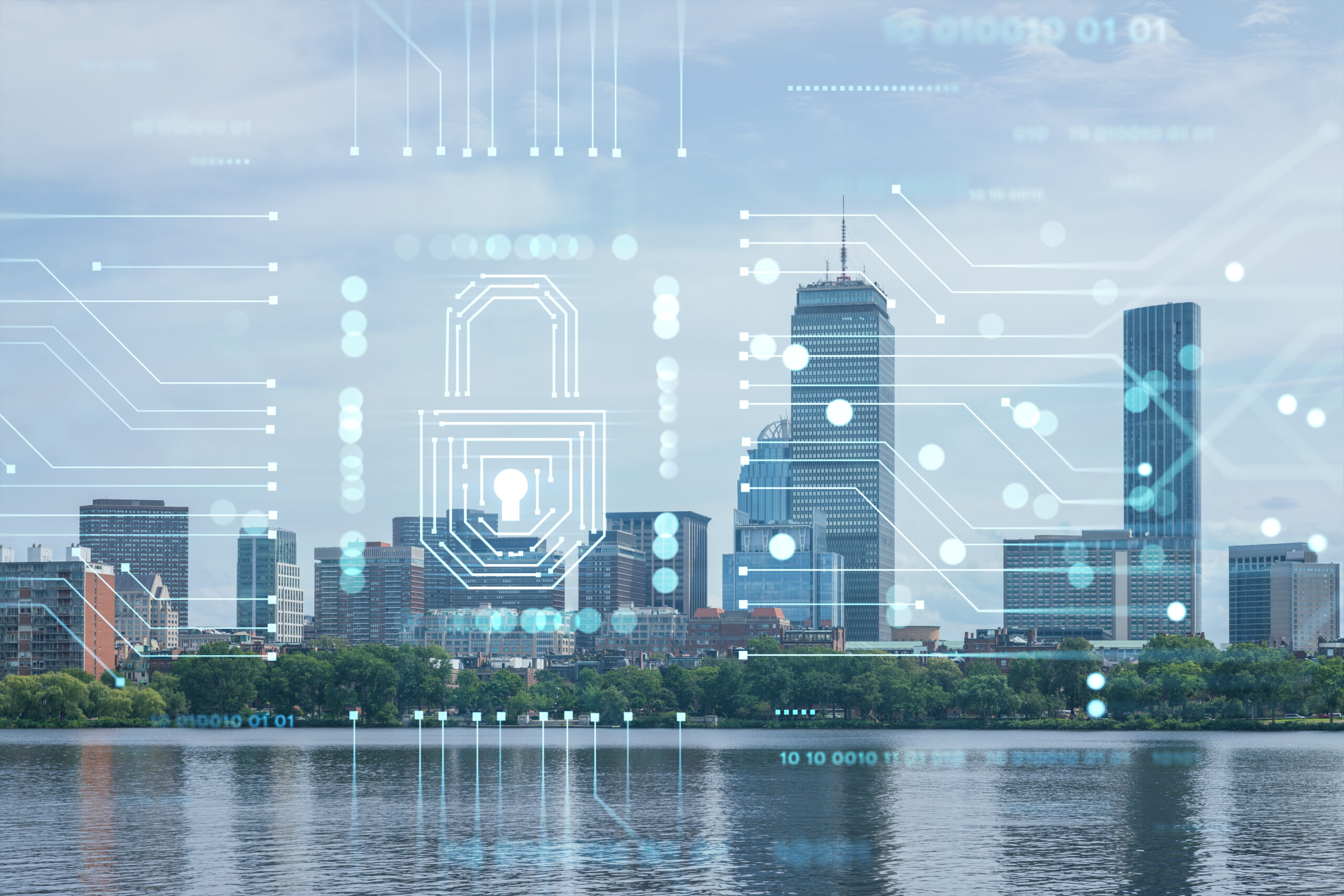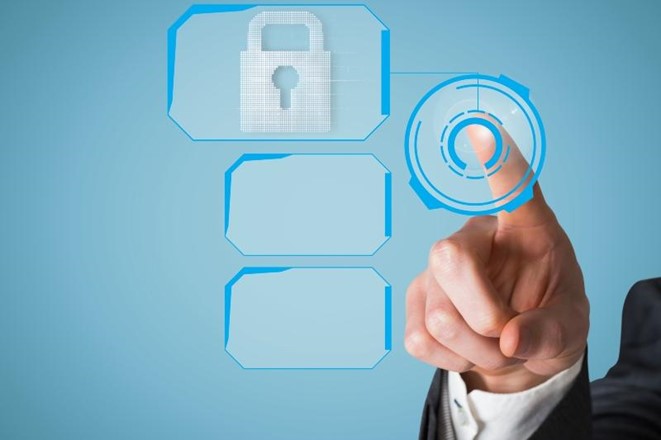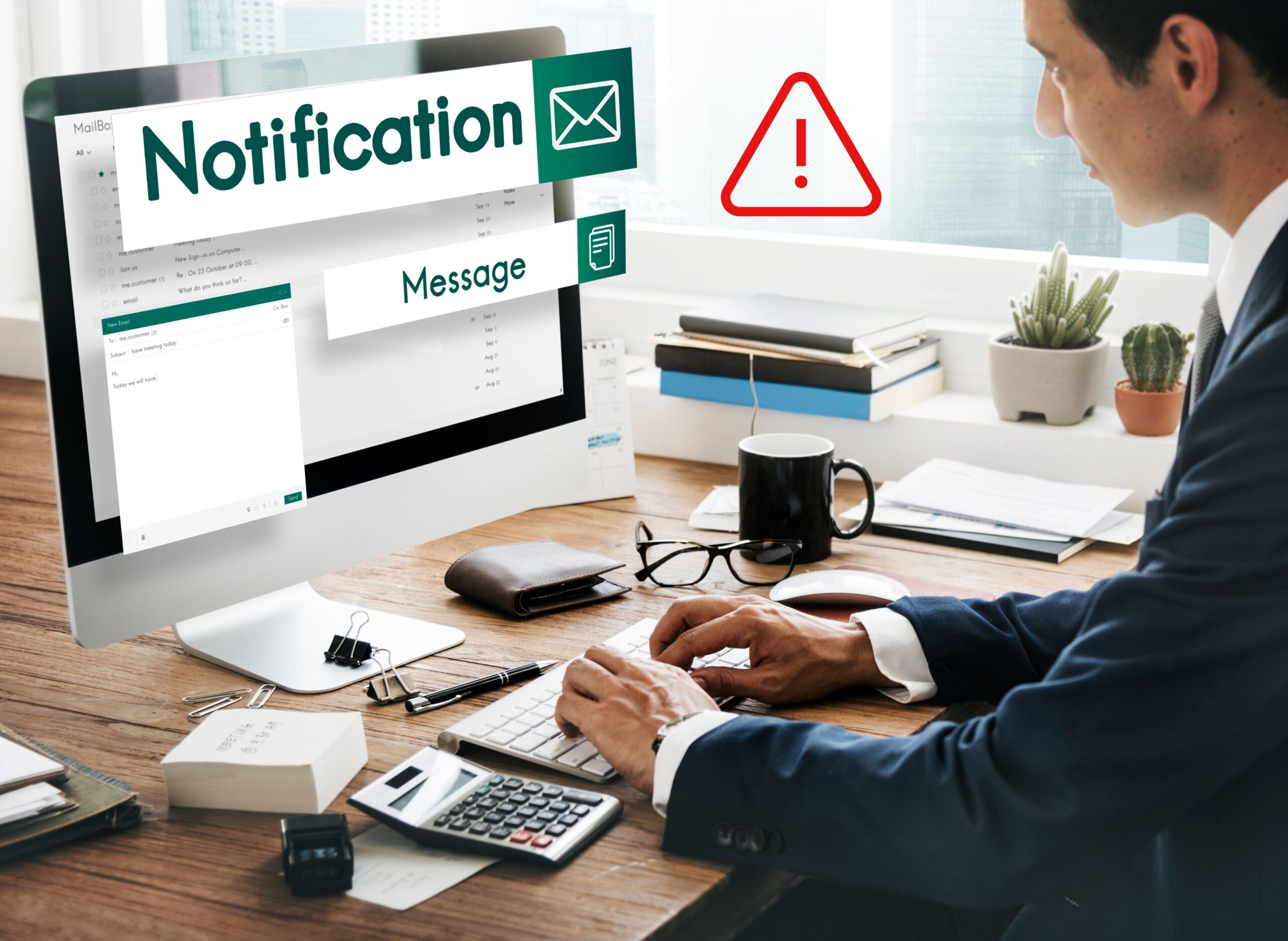Real-time vulnerability management: a step forward in cybersecurity
Vulnerability management has become one of the most critical elements within modern cybersecurity.…
Third-Party Risks: how to protect your business from external threats
Third-party risks are a reality that no organization can ignore. Reliance on external vendors,…
Public image on the internet: how to Protect it from Digital Risks
We live in a digital age where our online presence is just as significant as our image in the real…
How to protect your digital identity against major threats
Protecting our digital identity has become a priority. Our data is constantly exposed to risks from…
How to Improve BYOD Security: C-Levels Personal Data Protection
BYOD (Bring Your Own Device) has gained popularity in recent years due to several factors,…
Cyber Resilience: The Concept You Need to Know
Cyber resilience is an approach that extends an organization's traditional cybersecurity…
Cybersecurity Risk Management for C-levels
Cybersecurity risk management is essential for protecting an organization's digital assets, with…
What is CEO fraud, and how can it be avoided?
Cybercriminals benefit significantly from the success of cyberattacks known as CEO fraud and the…
Social engineering attacks on senior executives
Senior executives are desirable targets for social engineering attacks because they can access…


